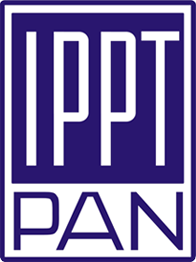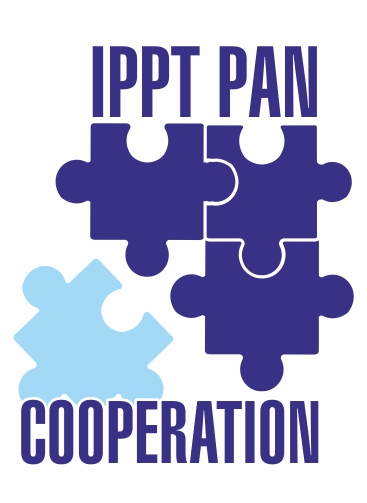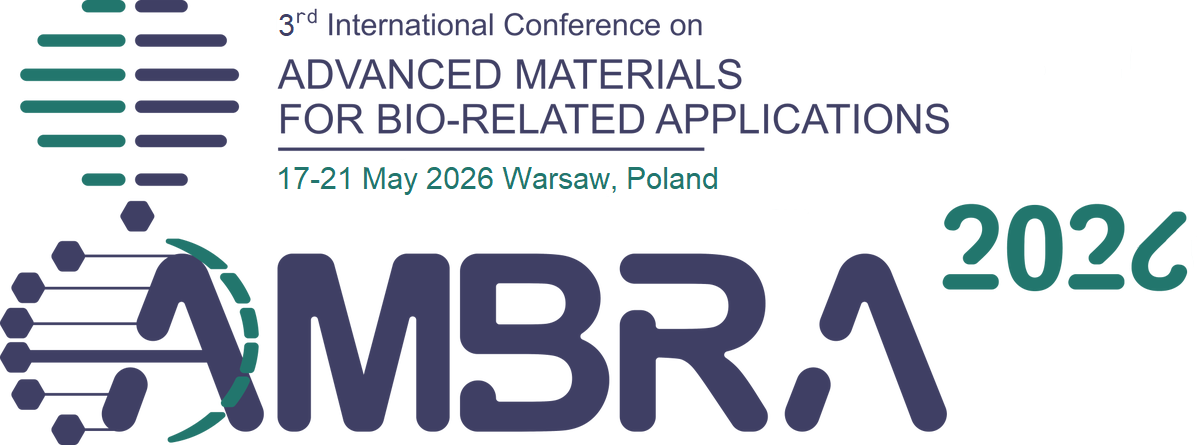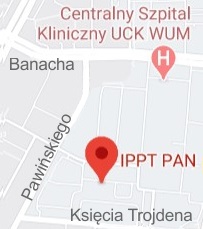| 1. |
Pokrywczyńska M.♦, Jundziłł A.♦, Adamowicz J.♦, Kowalczyk T., Warda K.♦, Rasmus M.♦, Buchholz Ł.♦, Krzyżanowska S.♦, Nakielski P., Chmielewski T., Bodnar M.♦, Marszałek A.♦, Dębski R.♦, Frontczak-Baniewicz M.M.♦, Mikułowski G., Nowacki M.♦, Kowalewski T.A., Drewa T.♦, Is the Poly (L- Lactide- Co– Caprolactone) Nanofibrous Membrane Suitable for Urinary Bladder Regeneration?,
PLOS ONE, ISSN: 1932-6203, DOI: 10.1371/journal.pone.0105295, Vol.9, No.8, pp.105295-1-12, 2014 Abstract:
The purpose of this study was to compare: a new five-layered poly (L–lactide–co–caprolactone) (PLC) membrane and small intestinal submucosa (SIS) as a control in rat urinary bladder wall regeneration. The five-layered poly (L–lactide–co–caprolactone) membrane was prepared by an electrospinning process. Adipose tissue was harvested from five 8-week old male Wistar rats. Adipose derived stem cells (ADSCs) were seeded in a density of 3×106 cells/cm2 onto PLC membrane and SIS scaffolds, and cultured for 5-7 days in the stem cell culture medium. Twenty male Wistar rats were randomly divided into five equal groups. Augmentation cystoplasty was performed in a previously created dome defect. Groups: (I) PLC+ 3×106ADSCs; (II) SIS+ 3×106ADSCs; (III) PLC; (IV) SIS; (V) control. Cystography was performed after three months. The reconstructed urinary bladders were evaluated in H&E and Masson's trichrome staining. Regeneration of all components of the normal urinary bladder wall was observed in bladders augmented with cell-seeded SIS matrices. The urinary bladders augmented with SIS matrices without cells showed fibrosis and graft contraction. Bladder augmentation with the PLC membrane led to numerous undesirable events including: bladder wall perforation, fistula or diverticula formation, and incorporation of the reconstructed wall into the bladder lumen. The new five-layered poly (L–lactide–co–caprolactone) membrane possesses poorer potential for regenerating the urinary bladder wall compared with SIS scaffold. Keywords:
urinary bladder regeneration, electrospinning Affiliations:
| Pokrywczyńska M. | - | other affiliation | | Jundziłł A. | - | other affiliation | | Adamowicz J. | - | Nicolaus Copernicus University (PL) | | Kowalczyk T. | - | IPPT PAN | | Warda K. | - | other affiliation | | Rasmus M. | - | Nicolaus Copernicus University (PL) | | Buchholz Ł. | - | Nicolaus Copernicus University (PL) | | Krzyżanowska S. | - | other affiliation | | Nakielski P. | - | IPPT PAN | | Chmielewski T. | - | IPPT PAN | | Bodnar M. | - | Nicolaus Copernicus University (PL) | | Marszałek A. | - | Nicolaus Copernicus University (PL) | | Dębski R. | - | Nicolaus Copernicus University (PL) | | Frontczak-Baniewicz M.M. | - | Mossakowski Medical Research Centre, Polish Academy of Sciences (PL) | | Mikułowski G. | - | IPPT PAN | | Nowacki M. | - | other affiliation | | Kowalewski T.A. | - | IPPT PAN | | Drewa T. | - | Nicolaus Copernicus University (PL) |
|  |
















